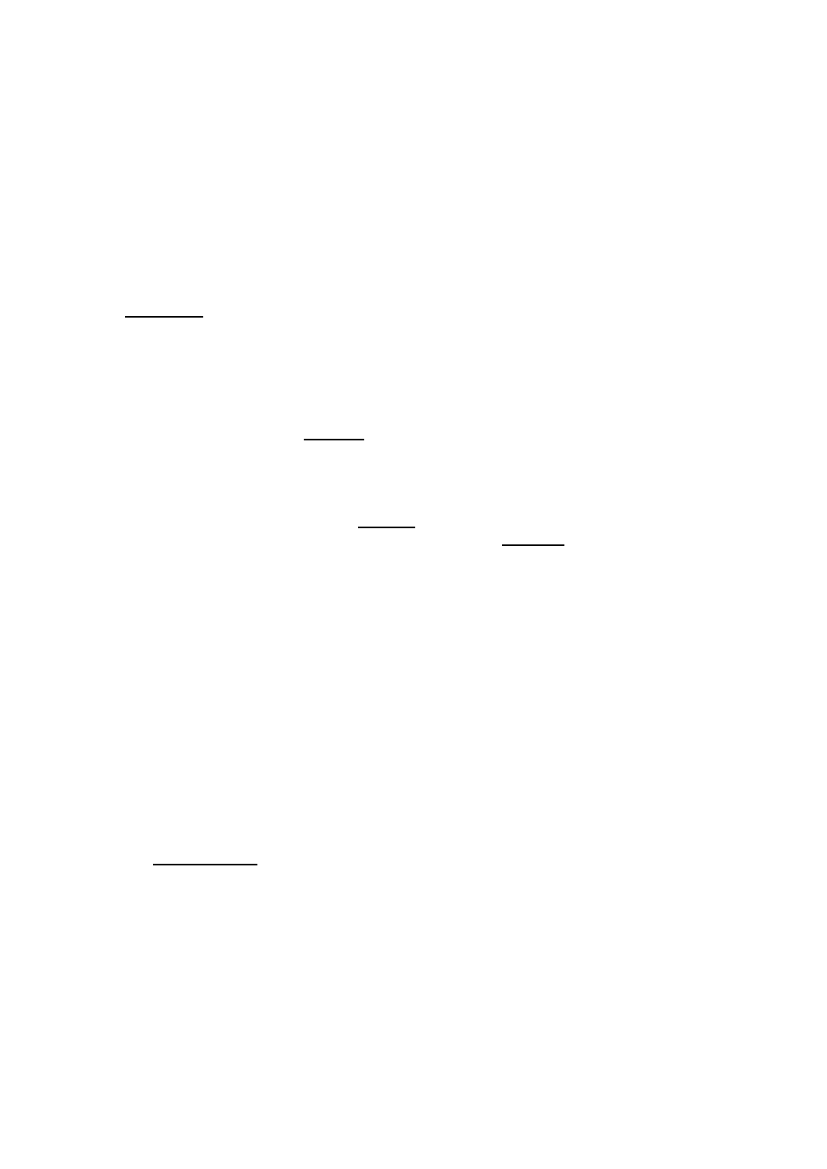
REGARDING THE DIALOGUE BETWEEN THE EUROPEAN
PARLIAMENT AND NATIONAL PARLIAMENTS IN THE PROCESS
OF PREPARATION FOR THE EU FUTURE FINANCIAL
PERSPECTIVE – VIEW OF THE LATVIAN PARLIAMENT
(SAEIMA)
FRAMEWORK
,
CEILINGS
,
DURATION AND STRUCTURE OF THE NEXT
F
INANCIAL
P
ERSPECTIVE
The ceilings
of the next Financial Perspective should remain at about the same level. We give our
preference to the bottom-up approach where we, first, decide on the content of the expenditure
categories not the overall size of the EU budget against the GDP.
The Own Resources ceilings should not be increased. In any case it is important that this remains
purely unanimous decision of the Council.
Latvia approves the current
structure
of the EU budget and is of the opinion that proposals to
create any new categories/instruments need to have a clear justification and a thorough
assessment. New priorities and challenges primarily should be financed by streamlining resources
within the agreed financial framework.
Latvia prefers to keep the seven year
duration
for the next EU’s multiannual budget. We believe
that the current structure of the EU budget allows for enough
flexibility
to cater for the unforeseen
needs. If necessary, Latvia could agree to increase the margins within the expenditure categories
at the time when the decision on the multiannual budget is taken.
R
EVENUES OF THE
EU
BUDGET
The Own resources system should be simplified. The best way to do that is to abolish VAT based
resource, retaining only GNI resource and Traditional own resources.
We are not in a position currently to agree or to start any discussions on new own resources. We
are extremely concerned about the potential impact introduction of new taxes would have on
competitiveness of different sectors of economy across the different Member States.
The correction mechanisms should be abolished as well.
EU
BUDGET EXPENDITURES POST
2013
The two main priorities for Latvia in the upcoming negotiations will be Cohesion policy and the
Common Agricultural policy.
The
Cohesion Policy
should be focused on its original / historical aim, i.e. to reduce disparities in
the level of development among the EU Member States and regions. It is necessary to maintain
the same level of financial support for the convergence objective of Cohesion policy after 2013.
We need to make sure that there is a real economic convergence among the Member States. Only
through creating an economically homogeneous area will Europe become more competitive and
achieve Strategy 2020 goals.
Financial distribution of the Cohesion policy has to be more concentrated and therefore Member
States should be able to choose a limited number of priorities for support; the EU convergence
regions should have possibility to choose more priorities.